- LIFE AND ECOLOGY (THE BIOSPHERE)
- Biosphere
- Cells
- Genetics
- Classification
- Ecosystems
- Polar Life
- Postcards
- Evolution
- Astrobiology
- News
- Life Images
- Scientists
- Tours
Life
What is life? Why is there life on Earth, but not on any other planets in the solar system (as far as we know…). Life on Earth occurs in a bewildering array of forms – plants, animals, fungi, protists, and bacteria, which together compose Earth’s biosphere. The biosphere is connected to the Earth System through biogeochemical cycles. Explore the links in this section to learn more about the stuff life is made of, genetics, the diversity of living things, how they coexist in ecosystems and evolve over time, and how life survives in extreme environments.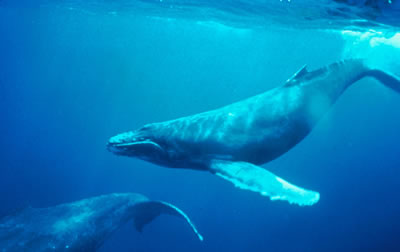
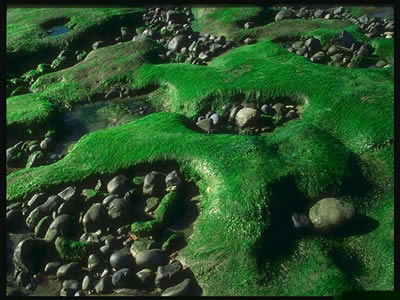
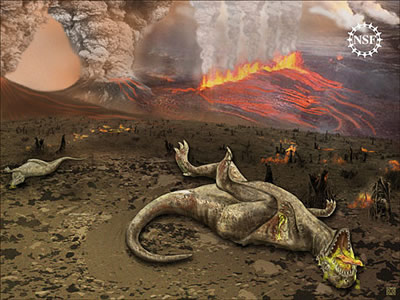
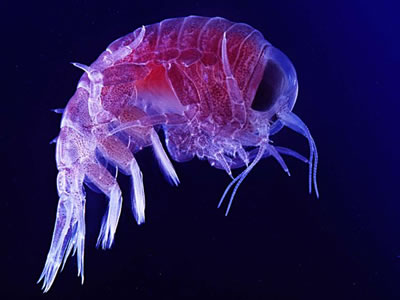
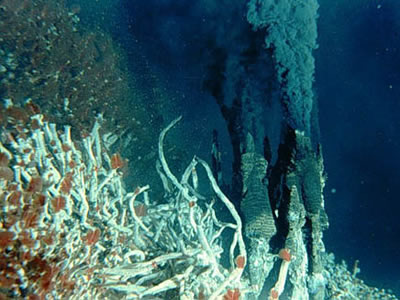

Please log in
Science Blogs
Real Climate: climate science from climate scientists

Windows to the Universe, a project of the National Earth Science Teachers Association, is sponsored in part is sponsored in part through grants from federal agencies (NASA and NOAA), and partnerships with affiliated organizations, including the American Geophysical Union, the Howard Hughes Medical Institute, the Earth System Information Partnership, the American Meteorological Society, the National Center for Science Education, and TERC. The American Geophysical Union and the American Geosciences Institute are Windows to the Universe Founding Partners. NESTA welcomes new Institutional Affiliates in support of our ongoing programs, as well as collaborations on new projects. Contact NESTA for more information.






